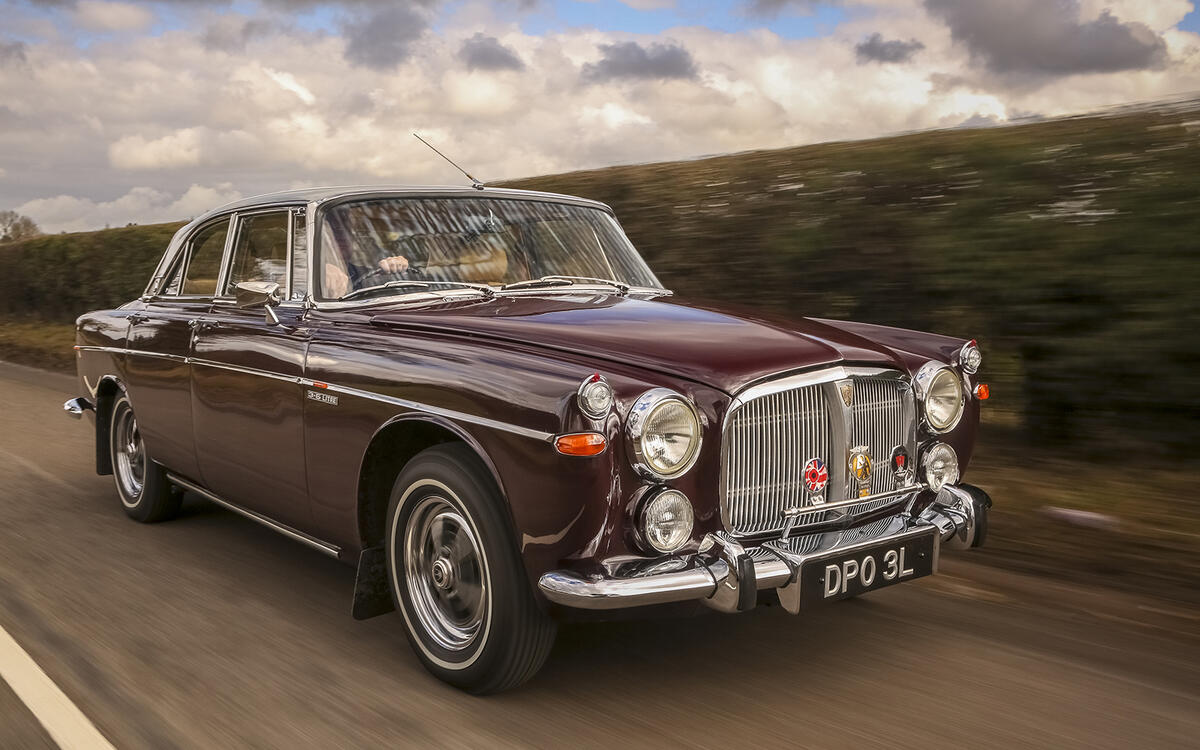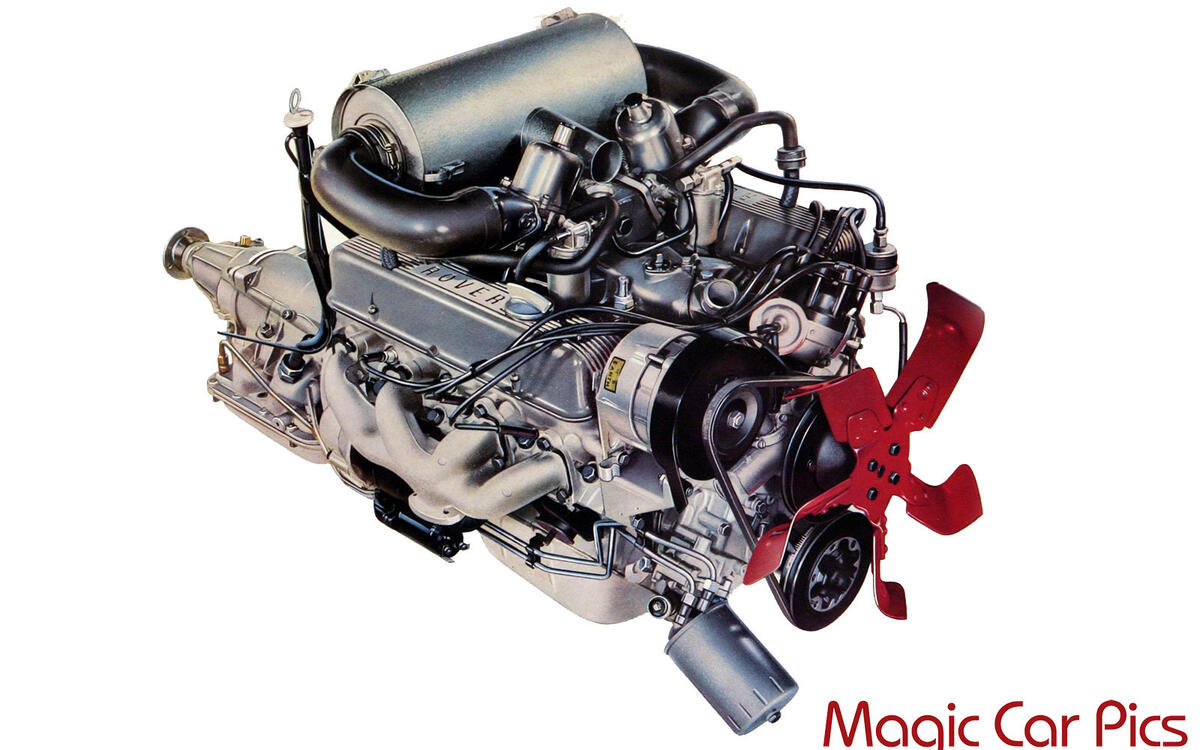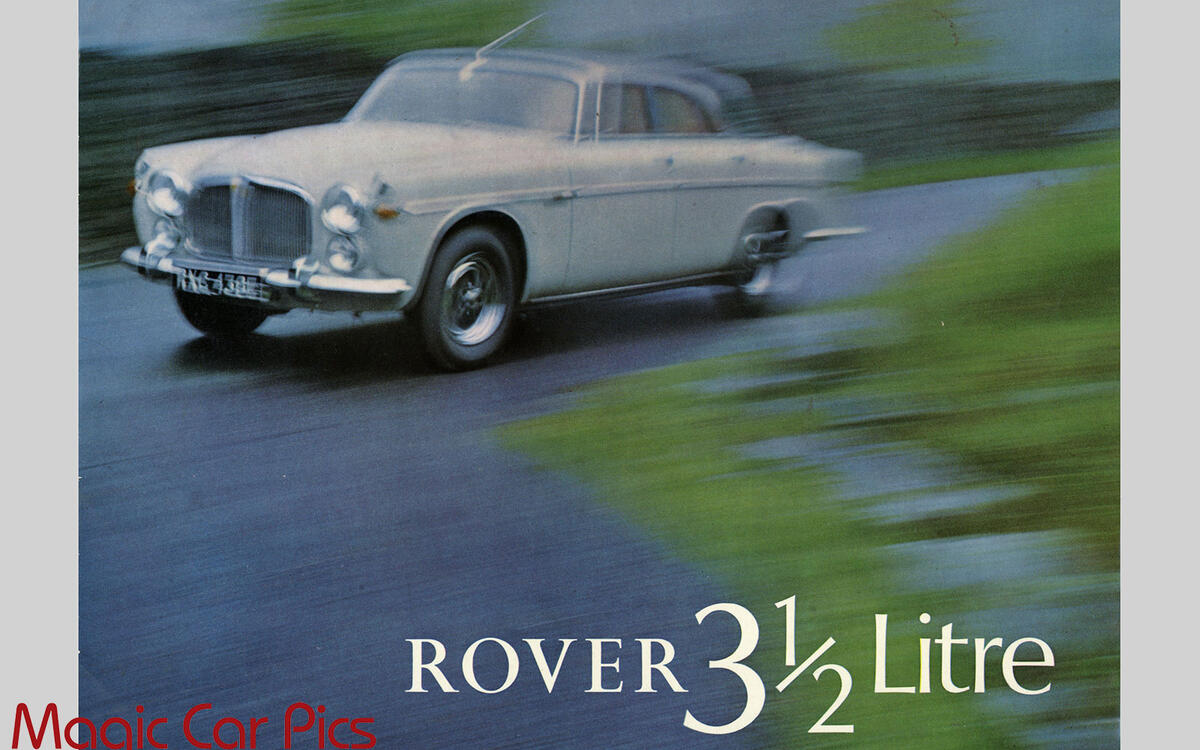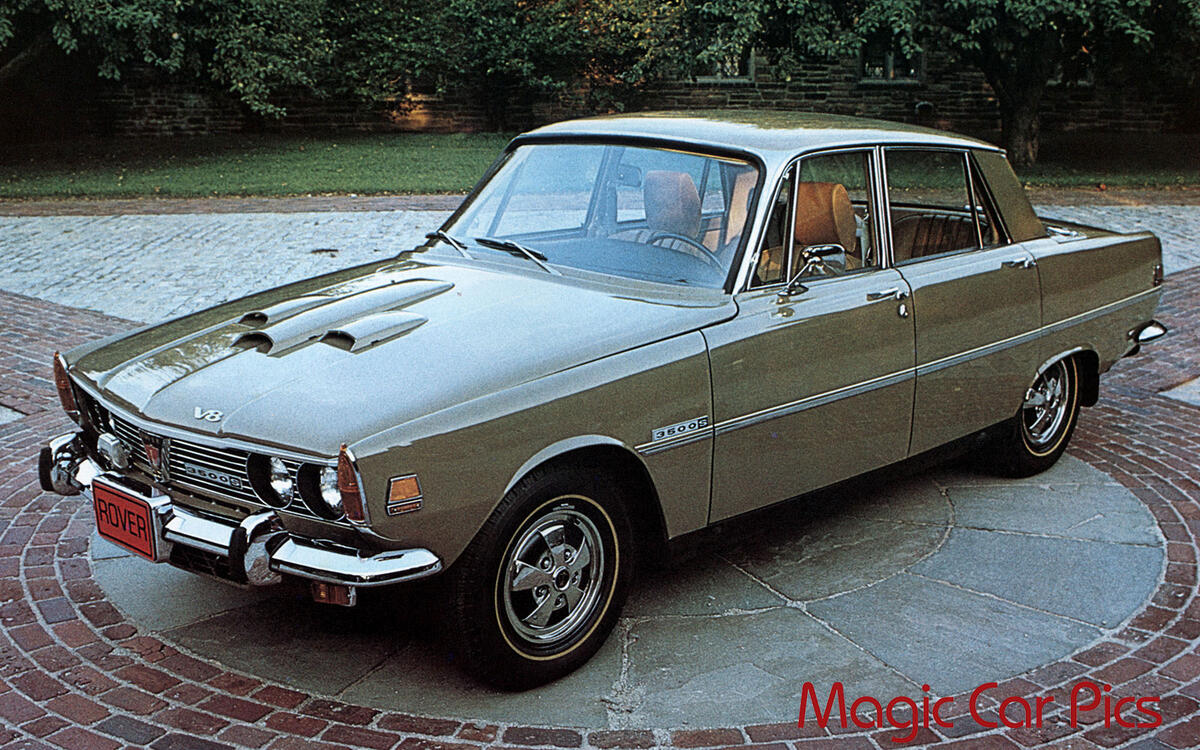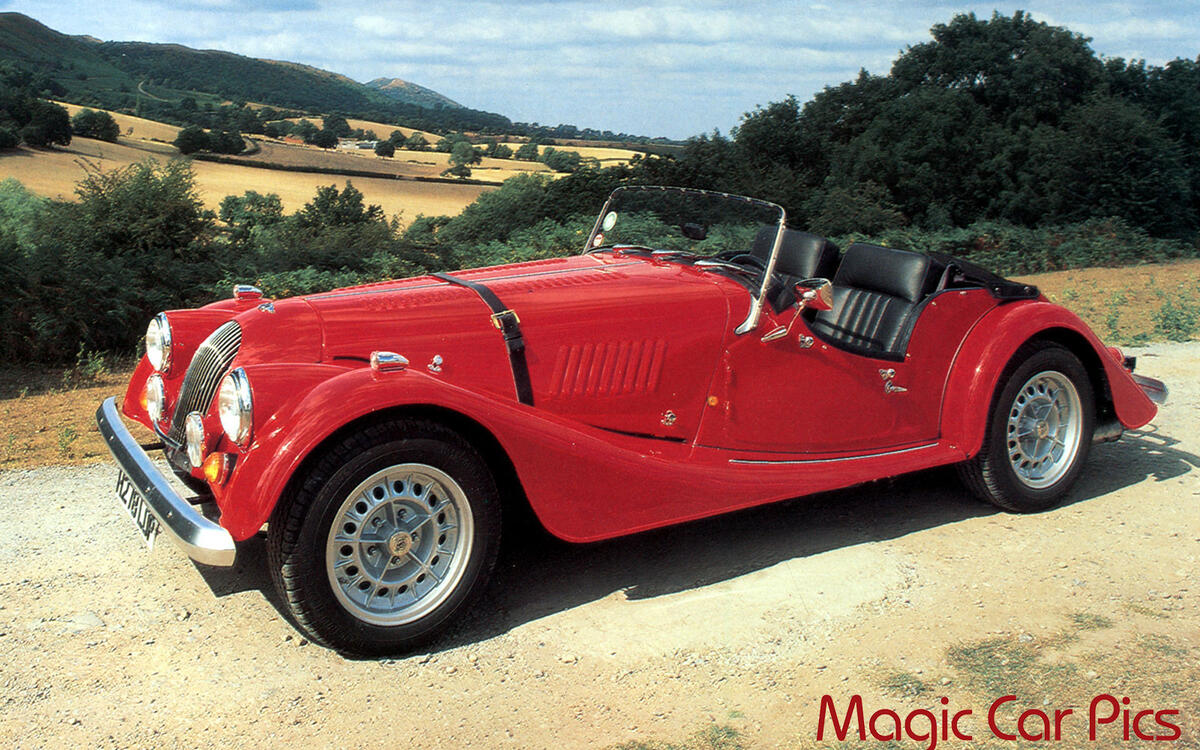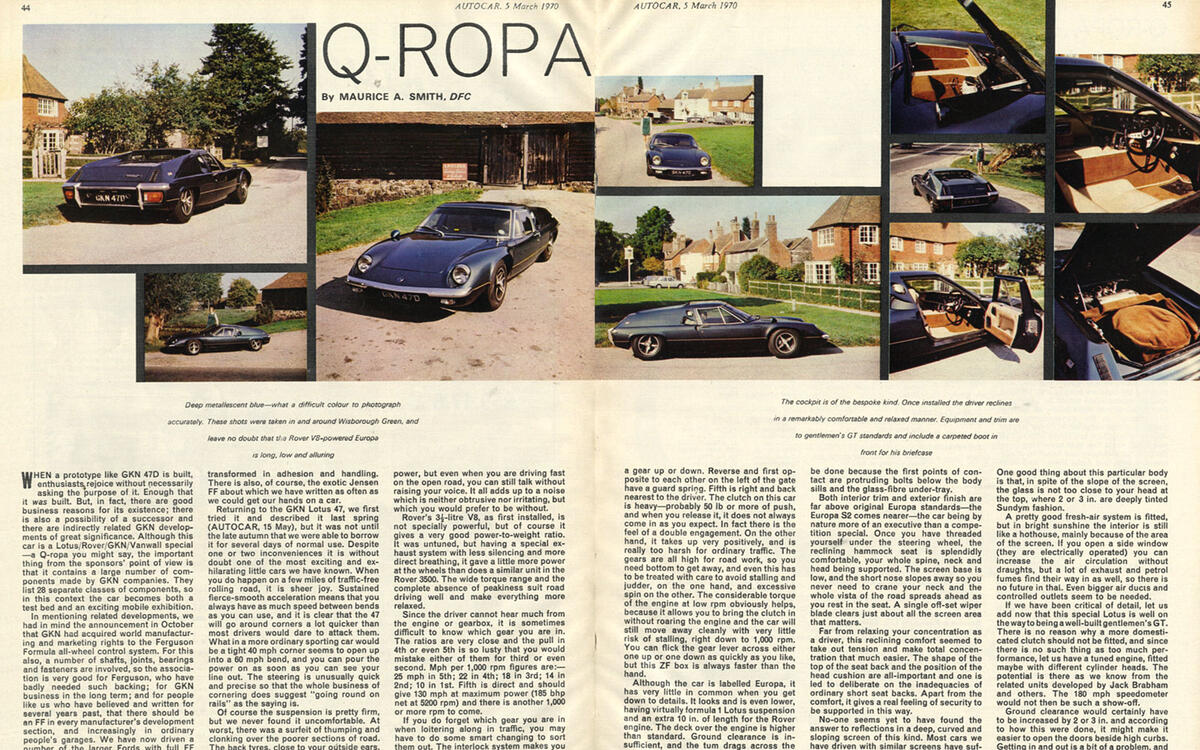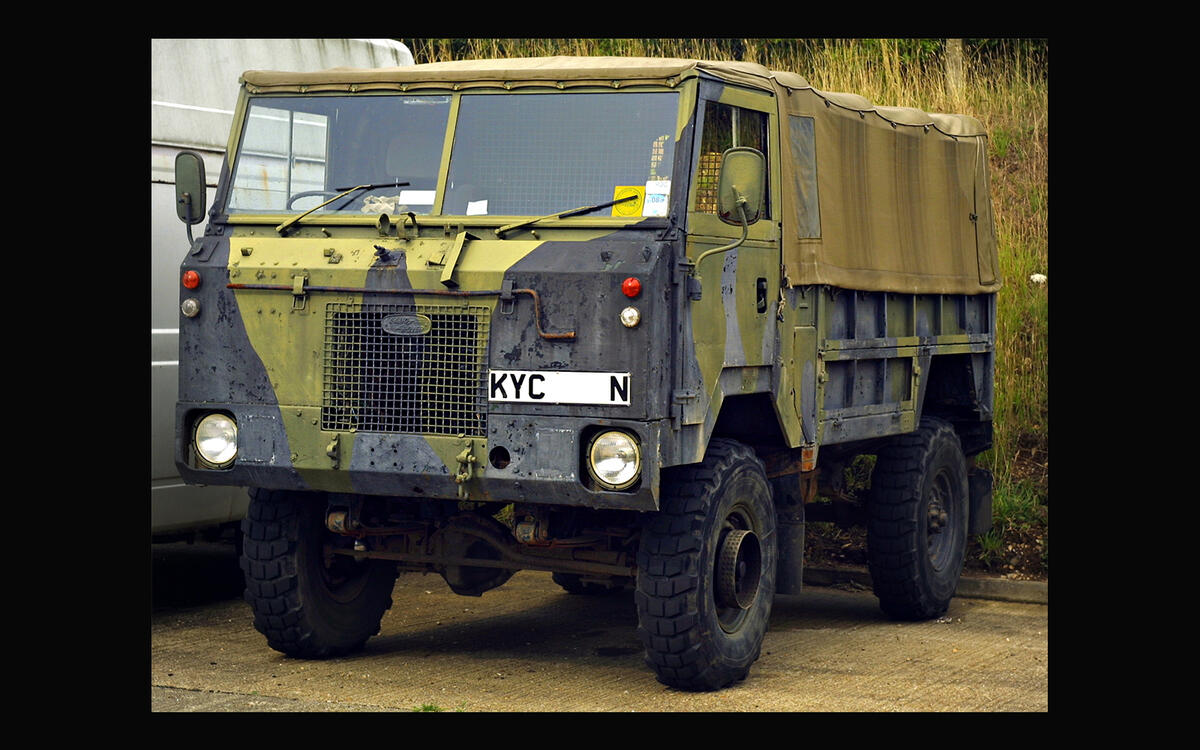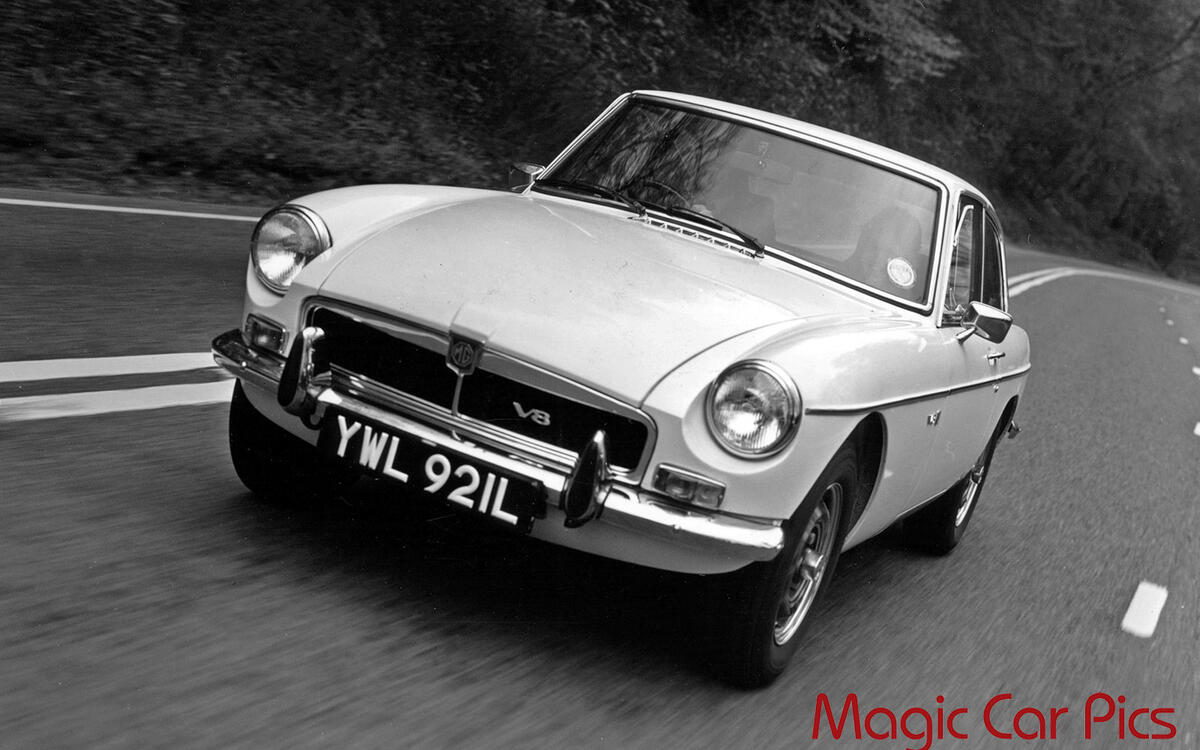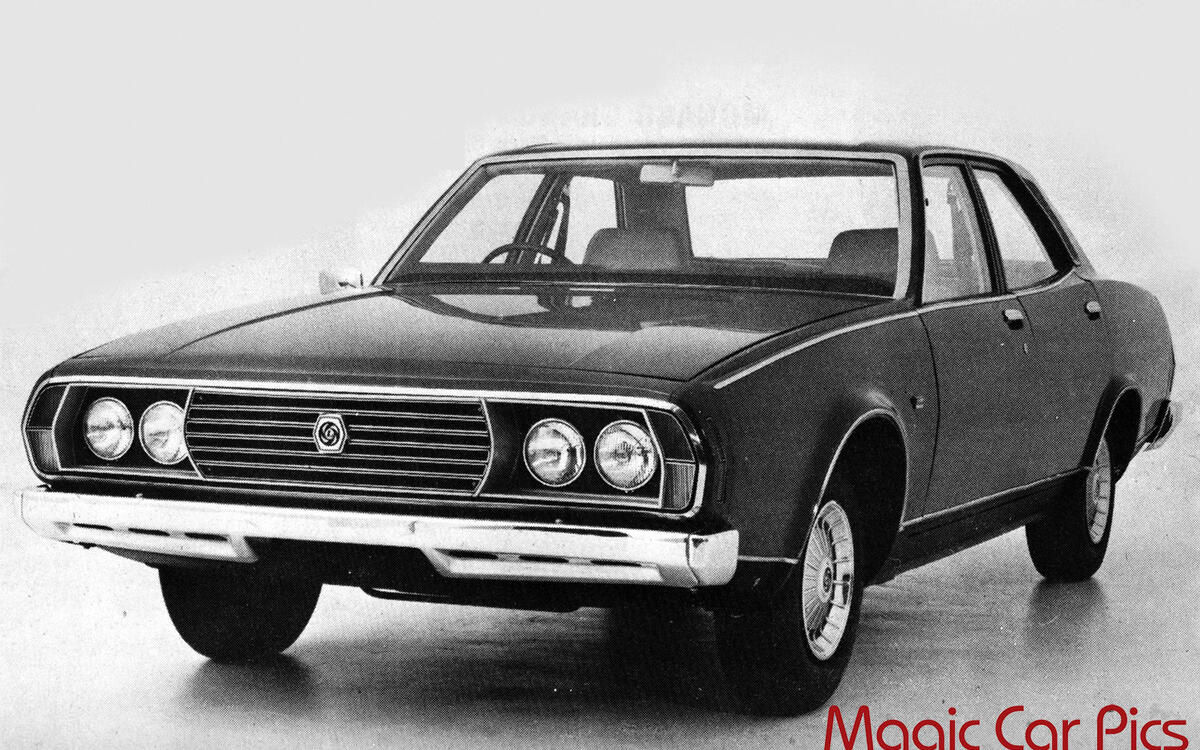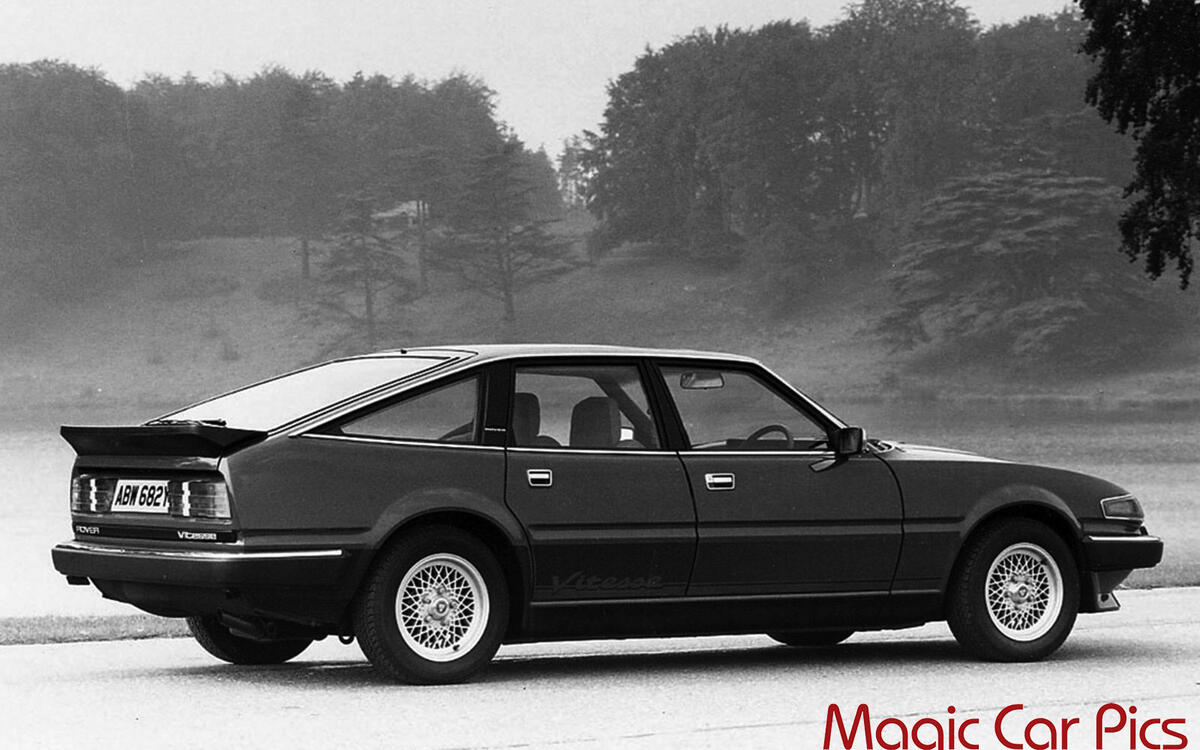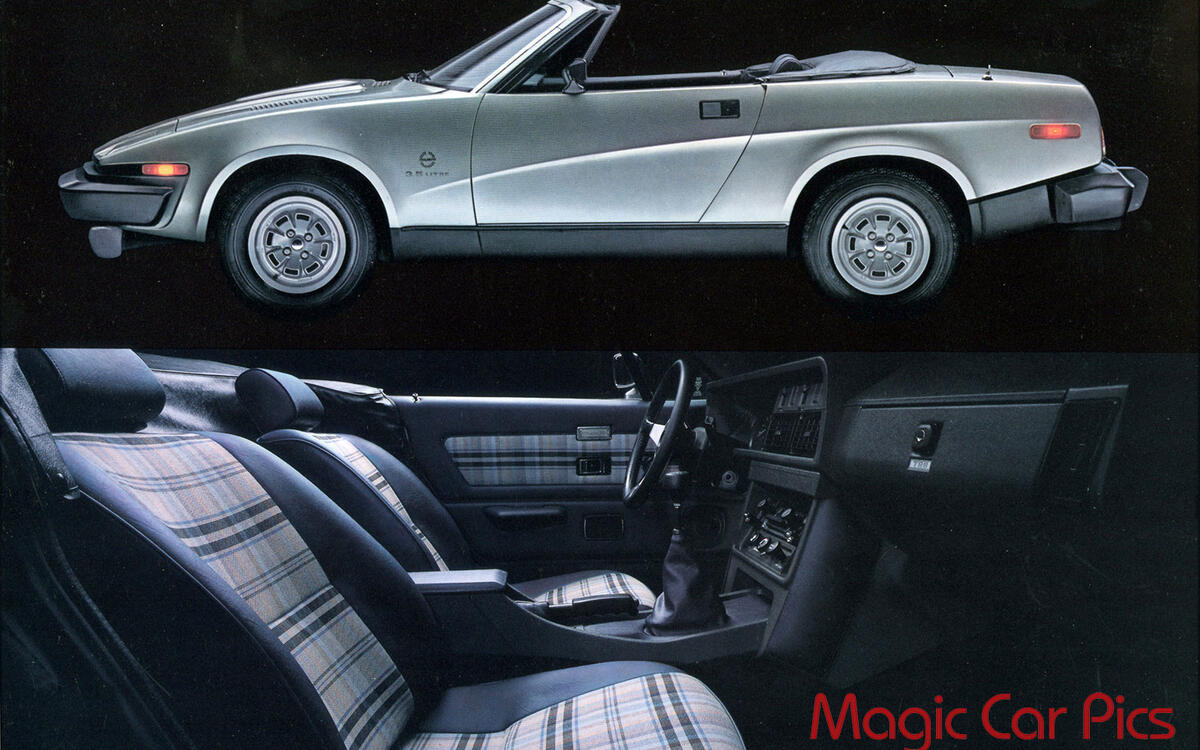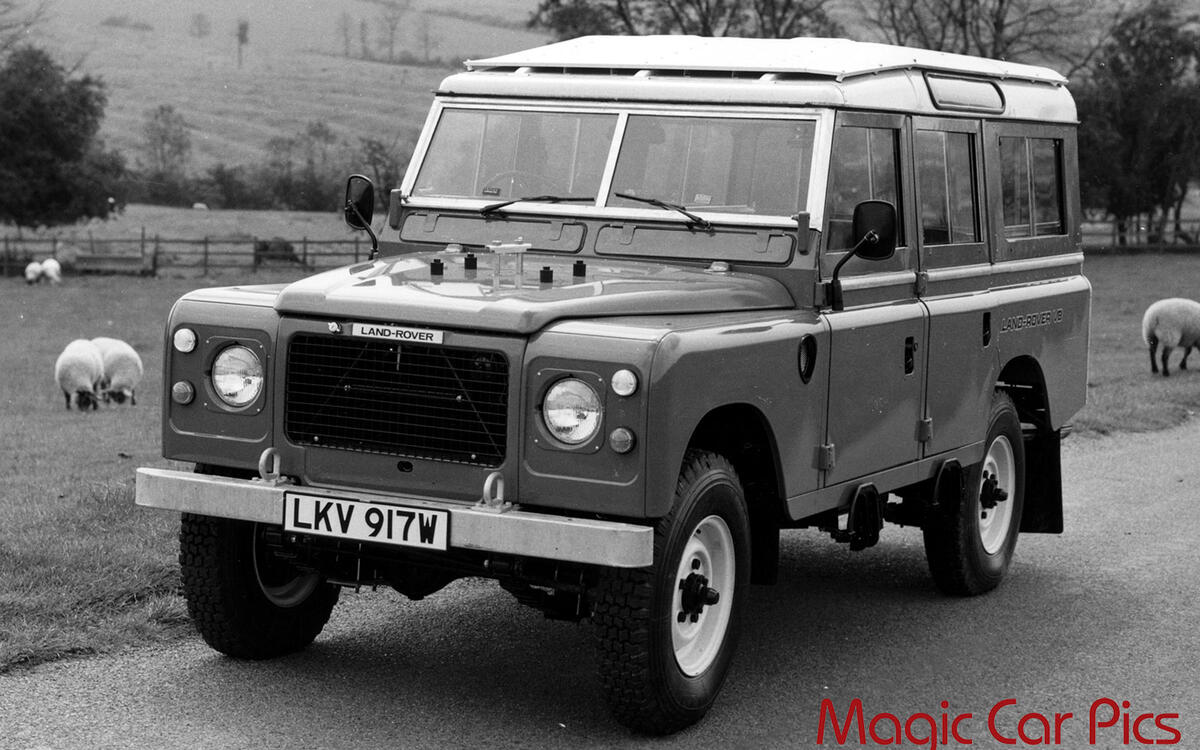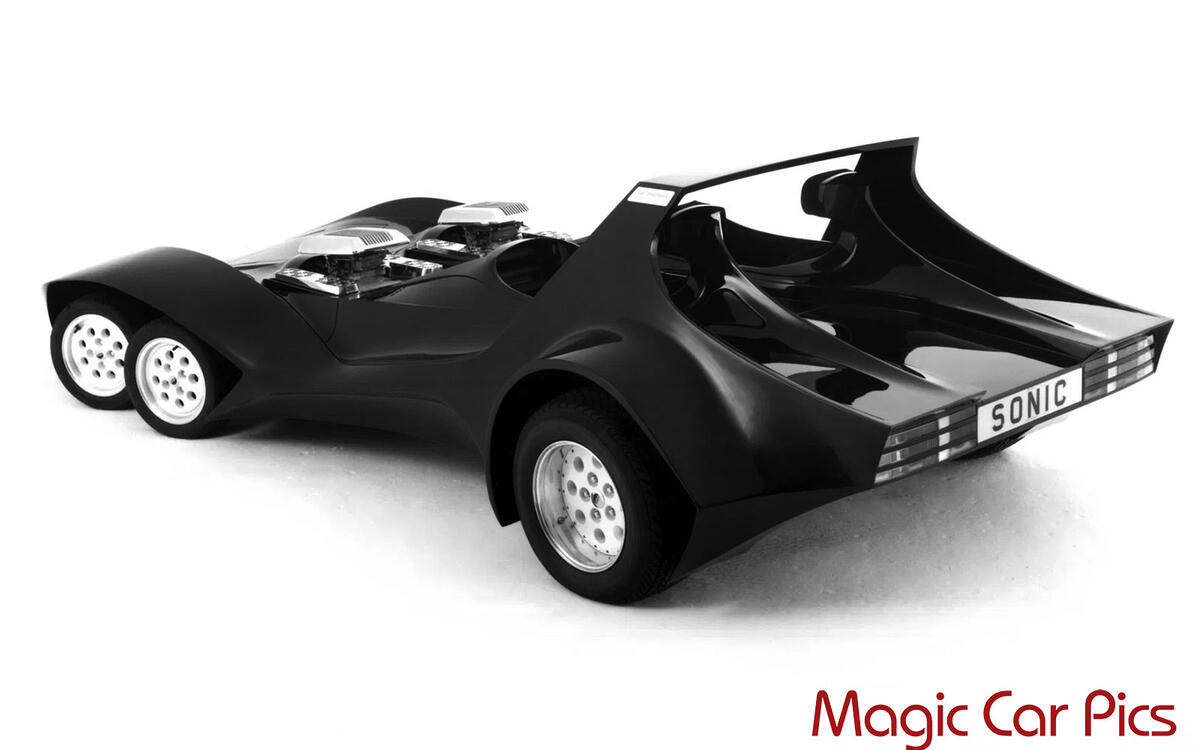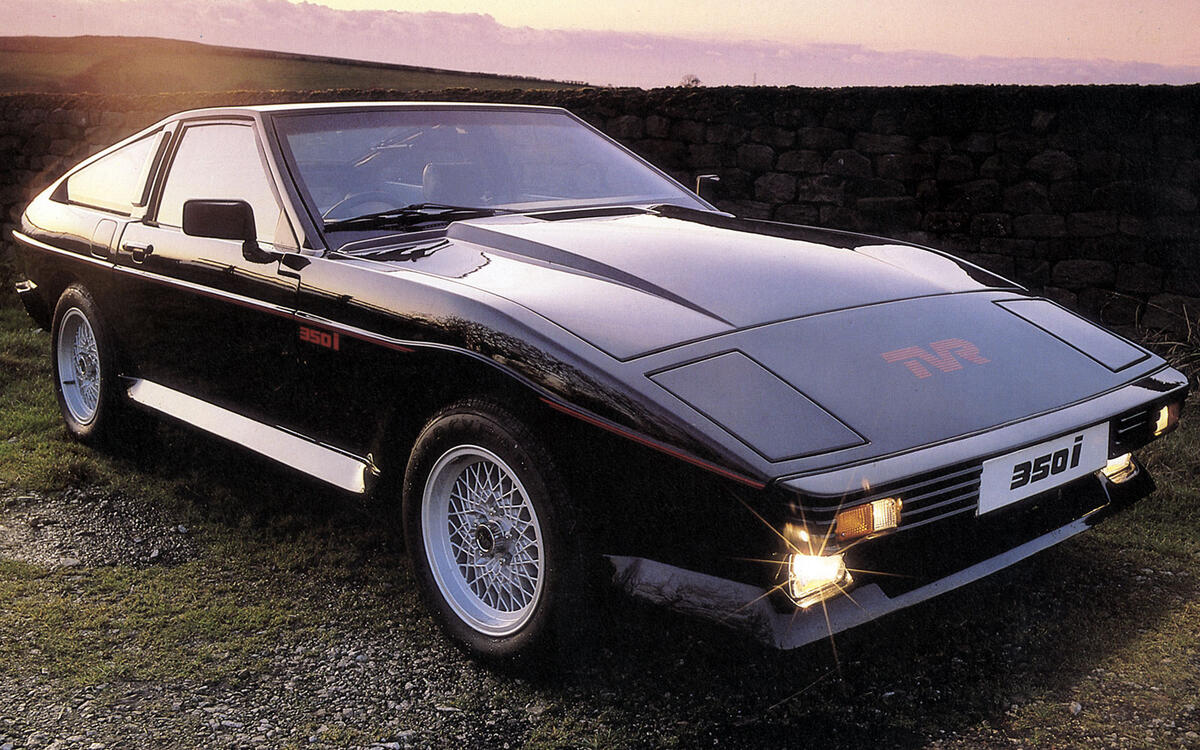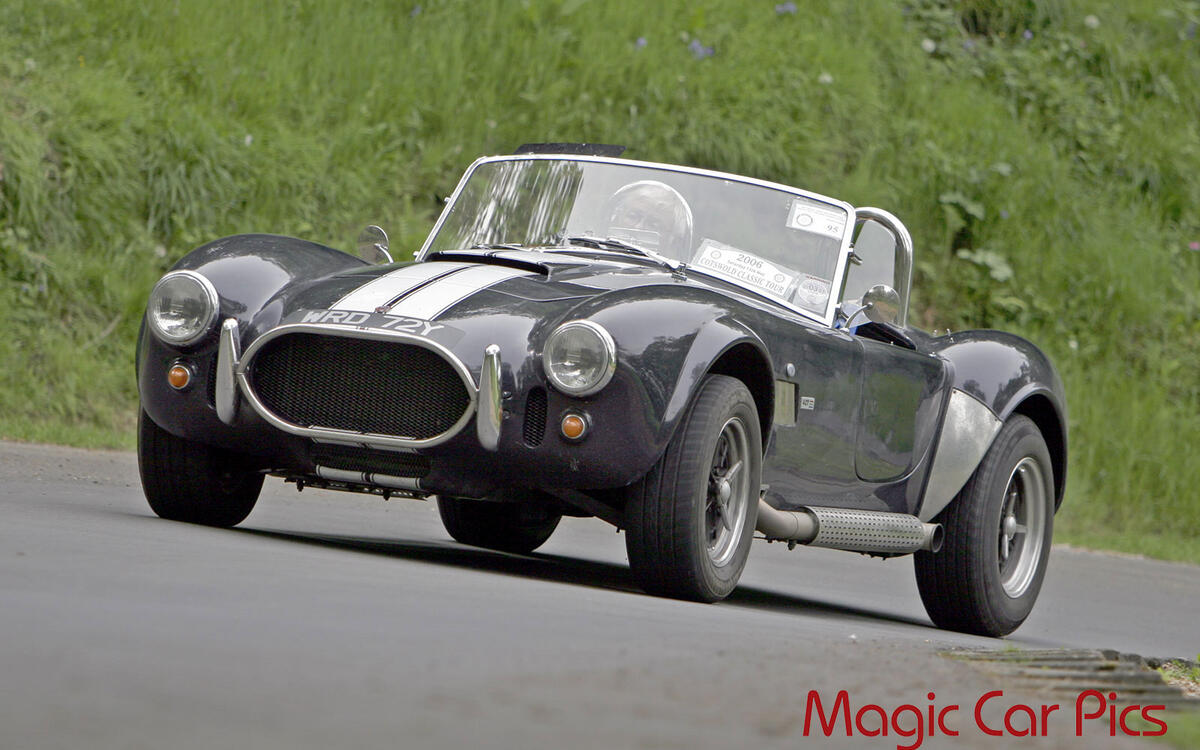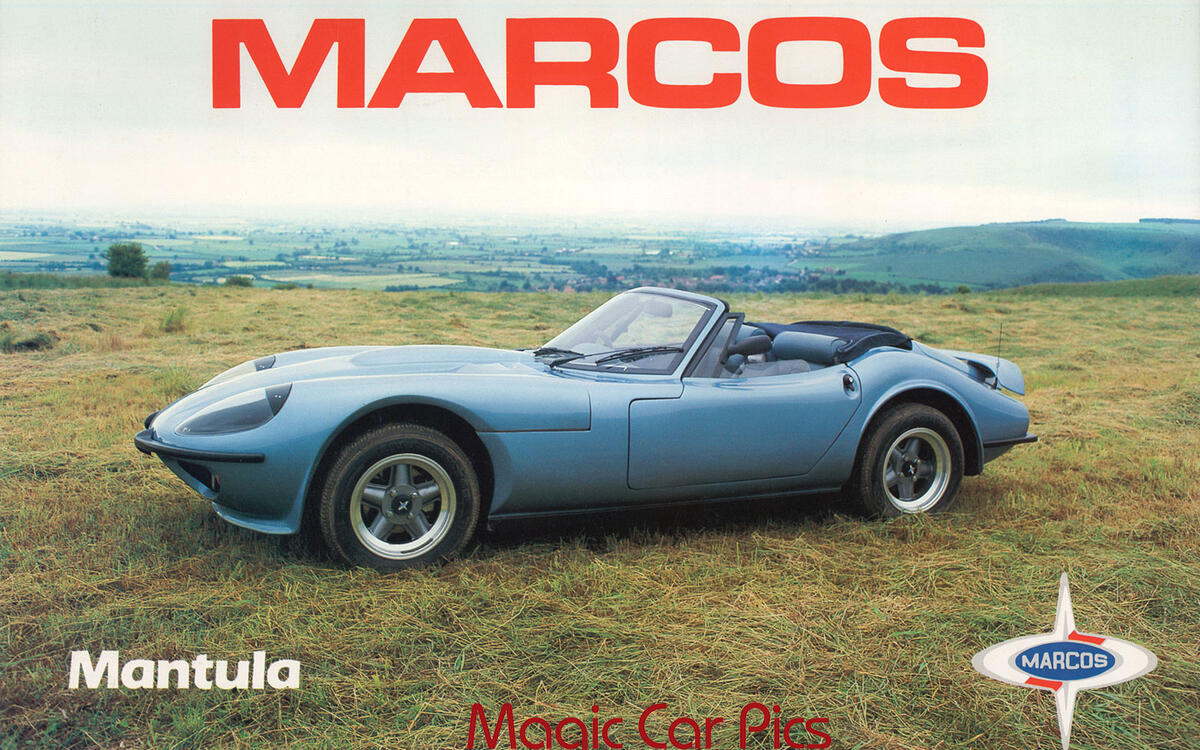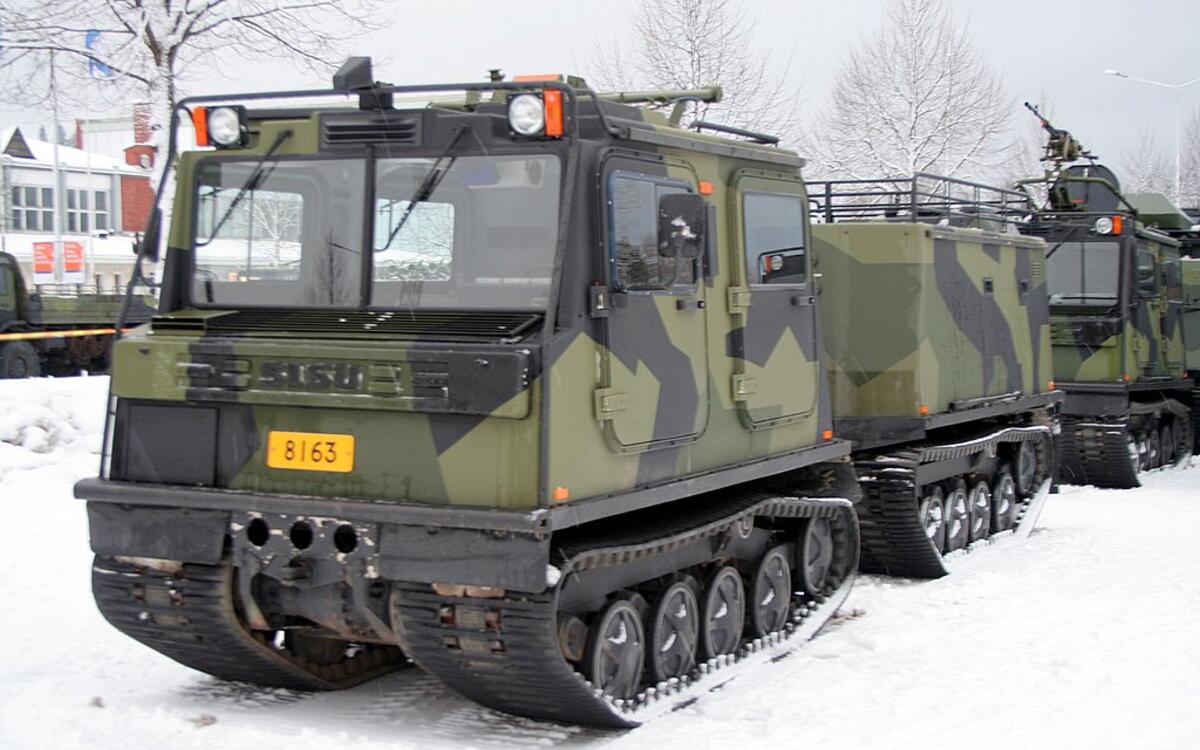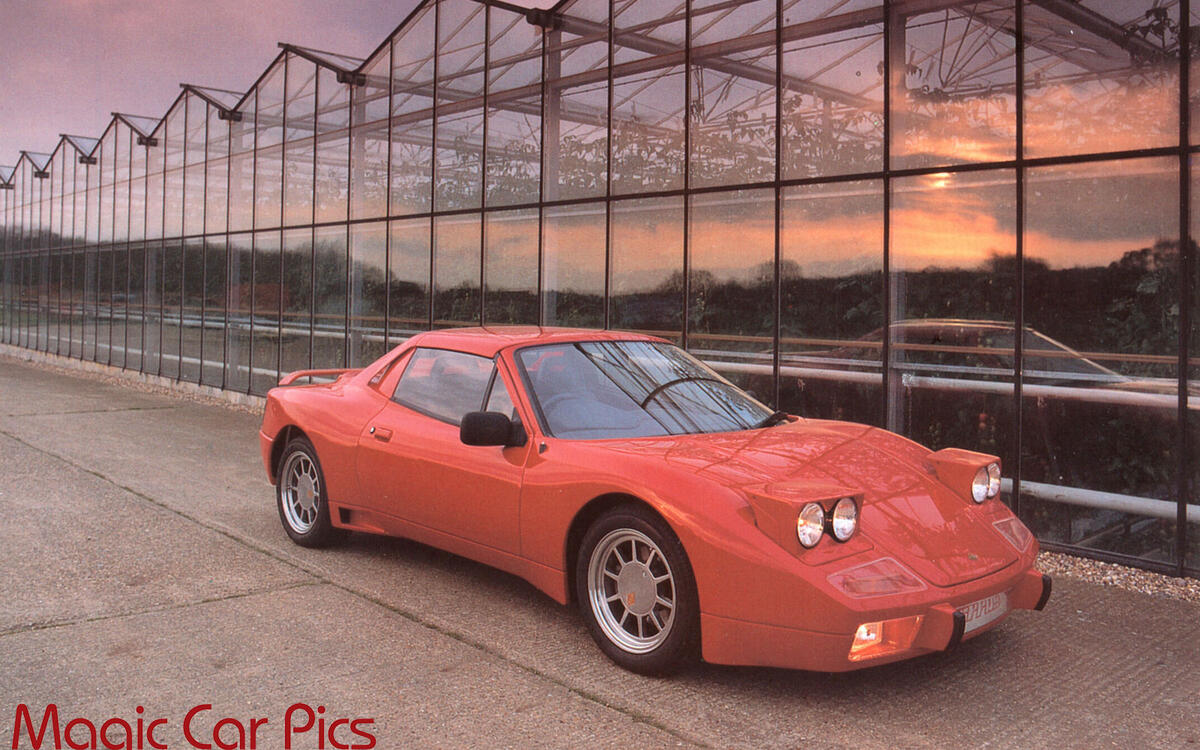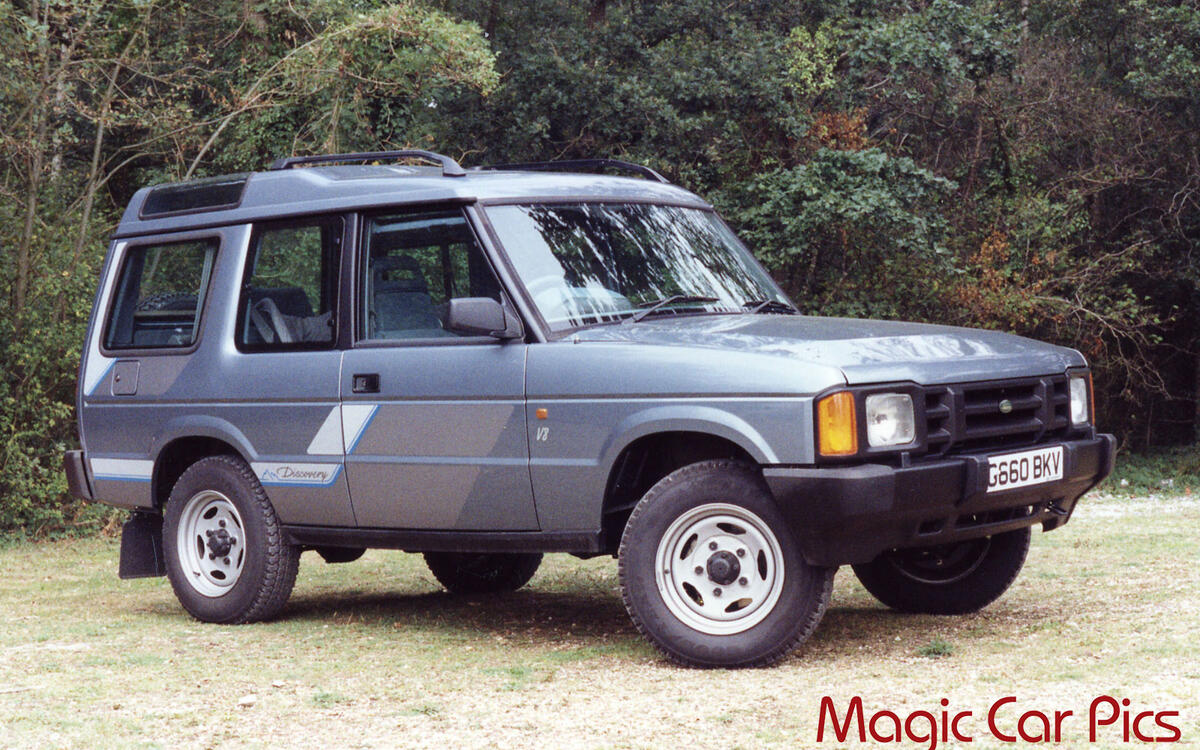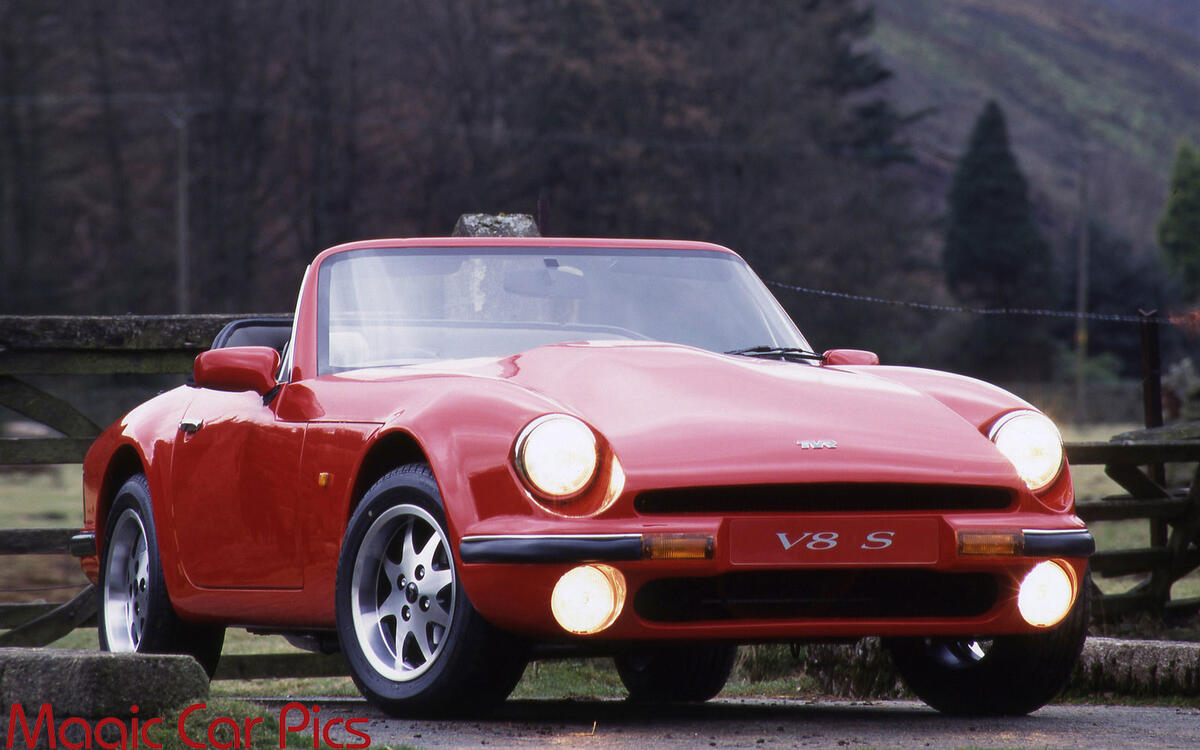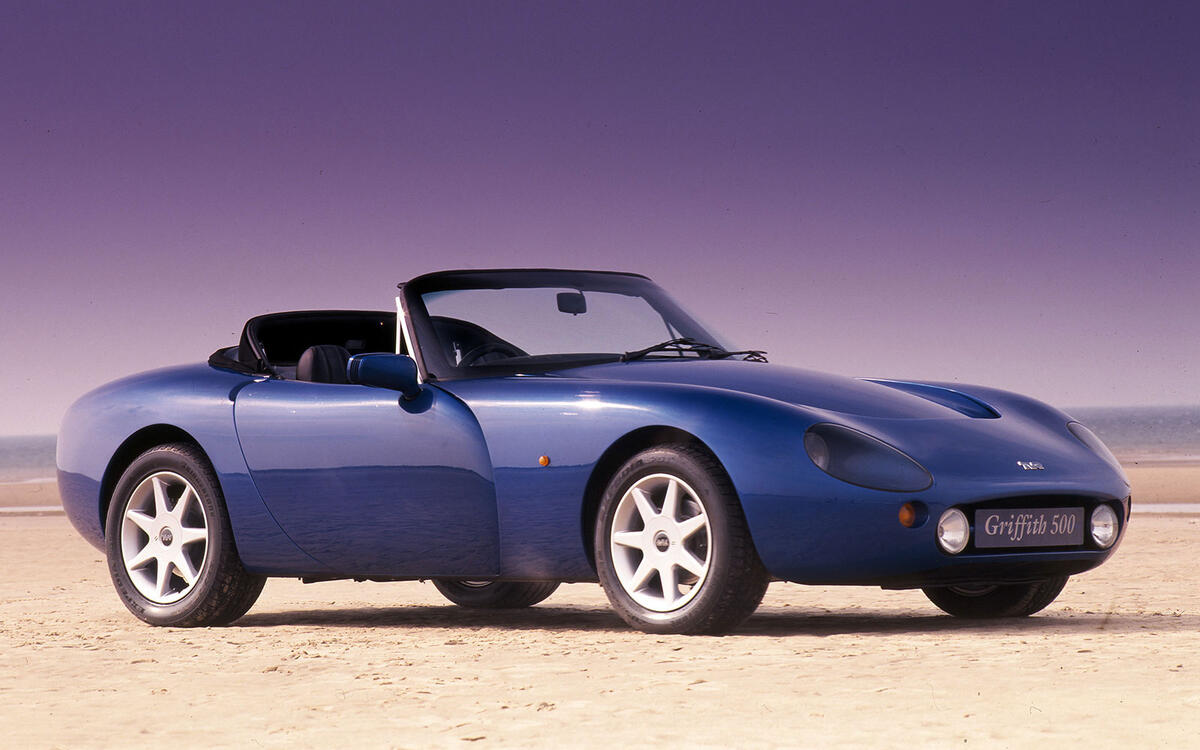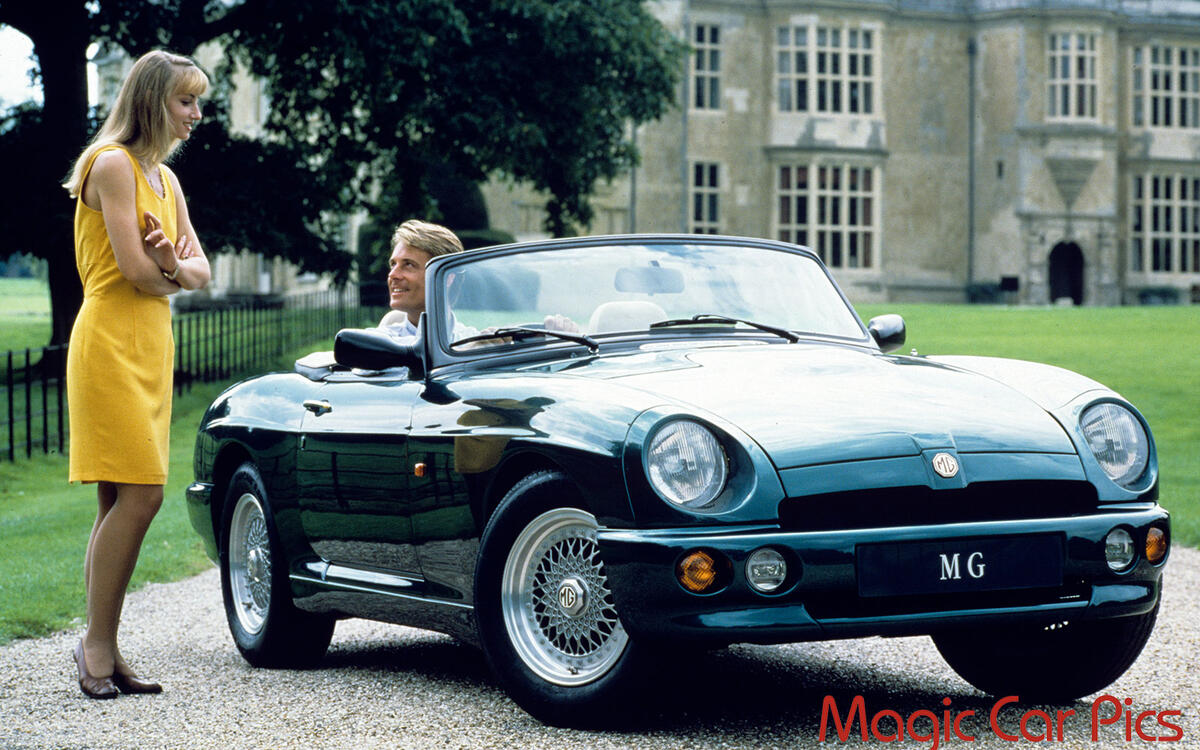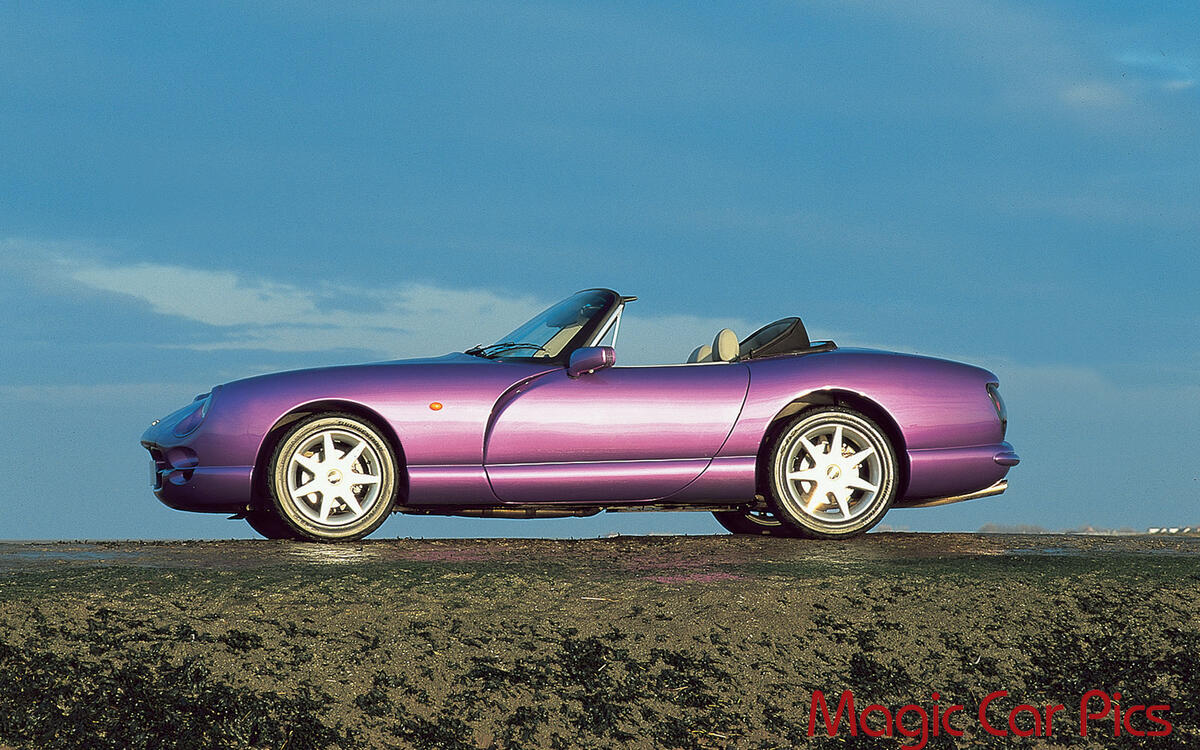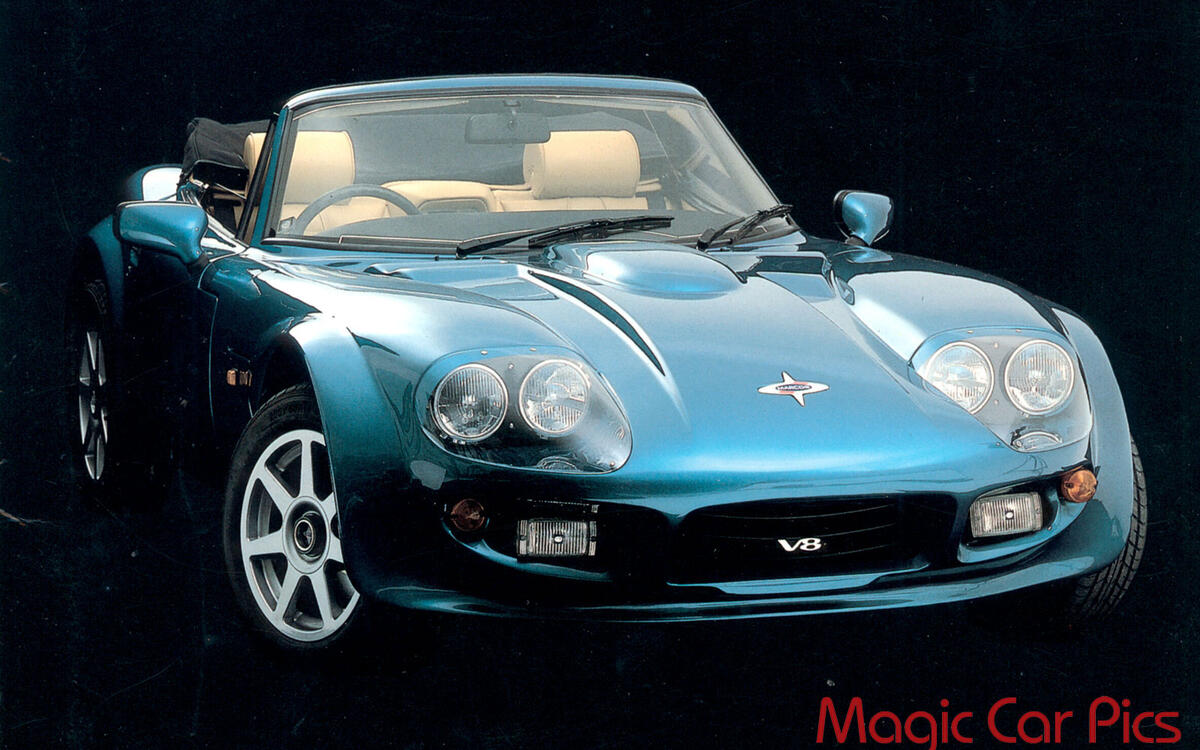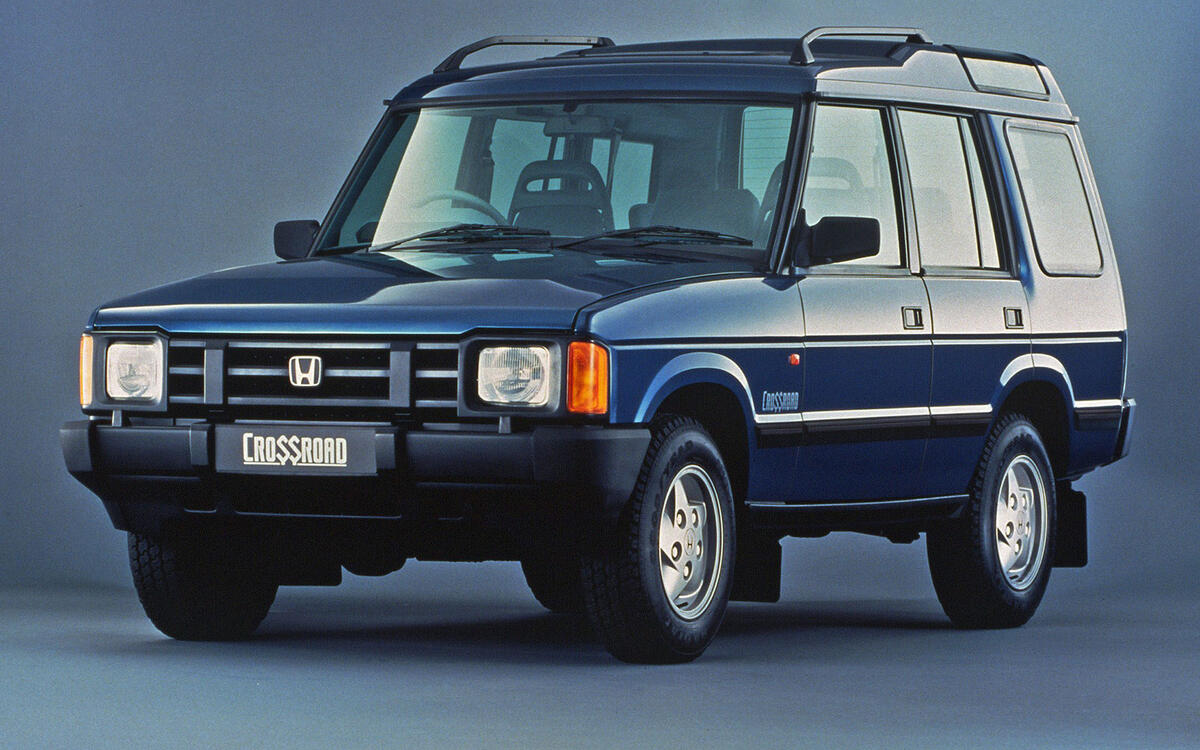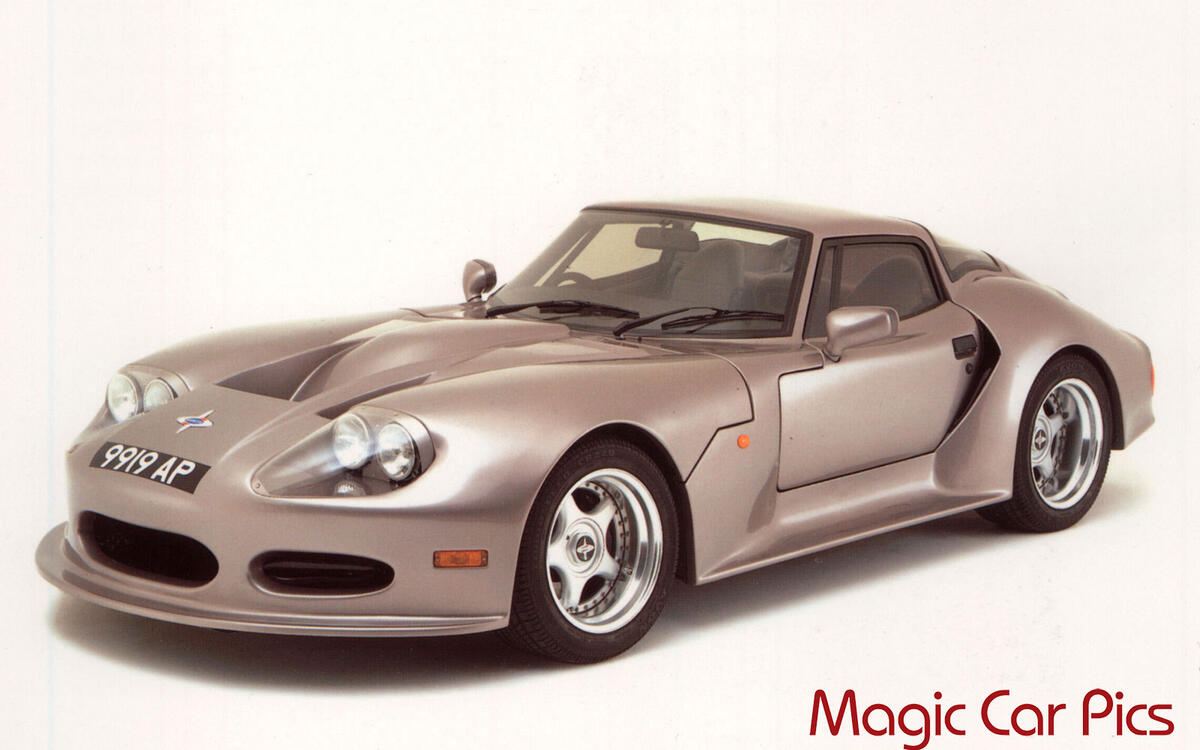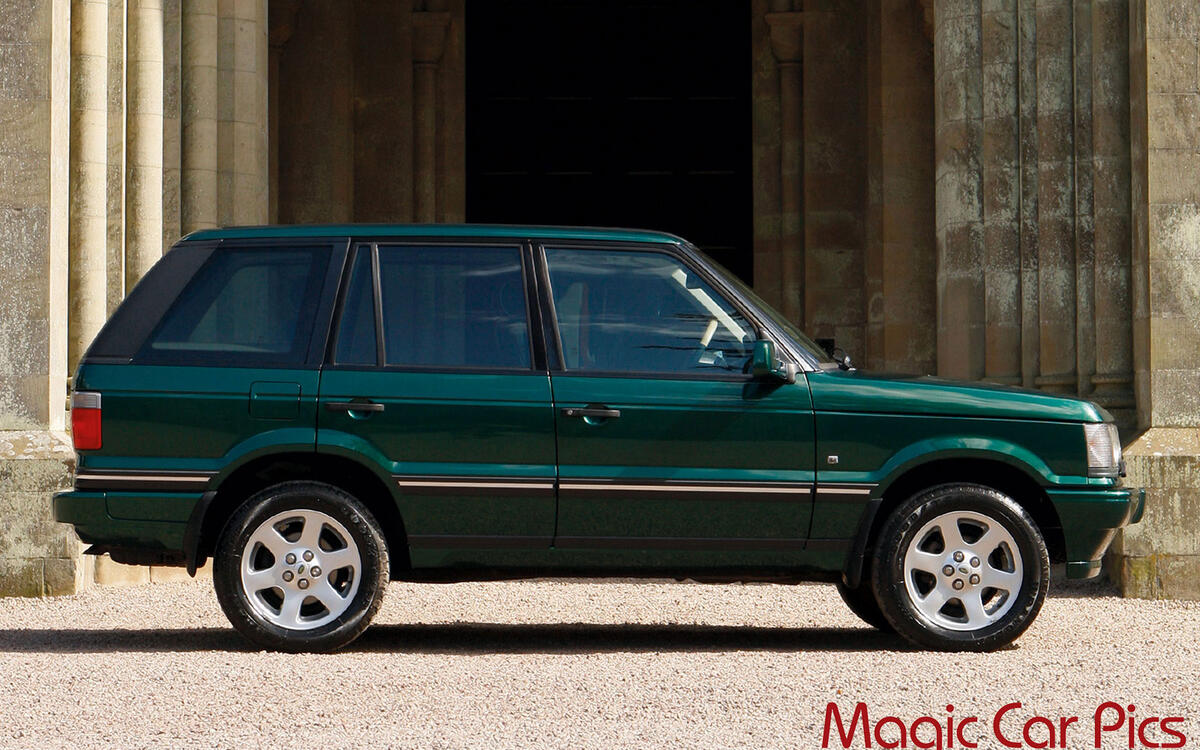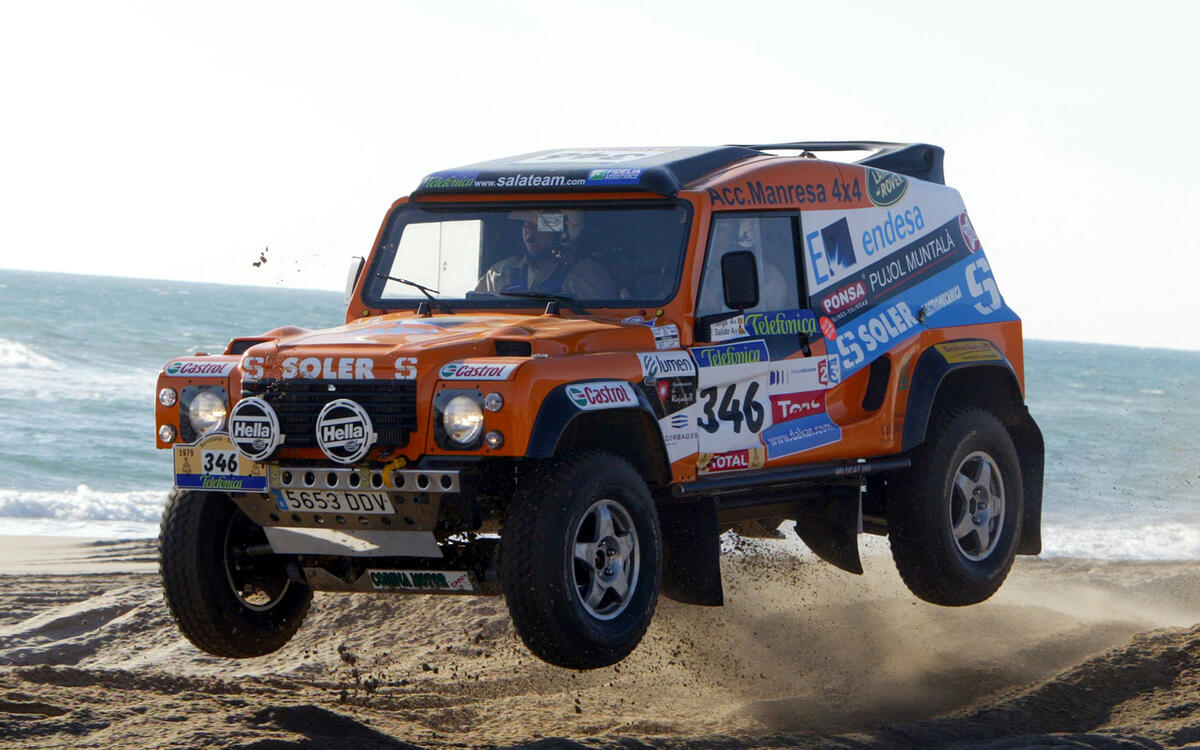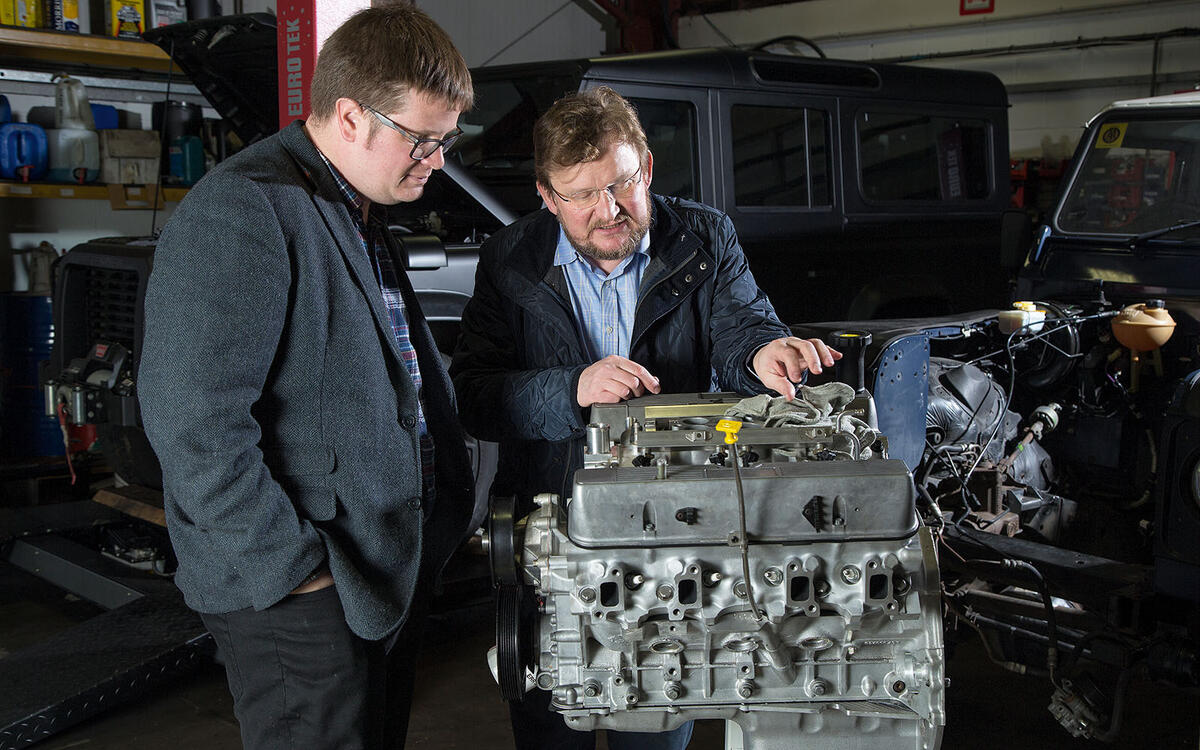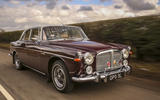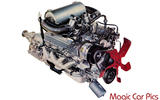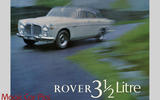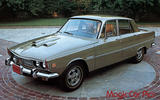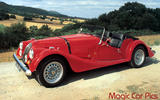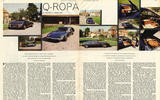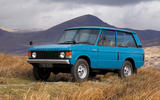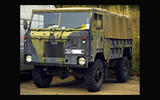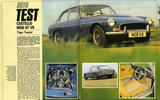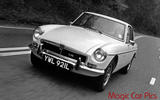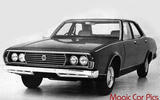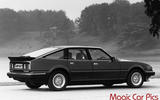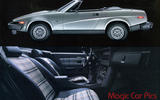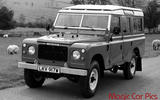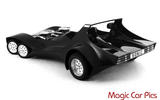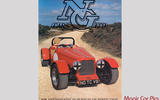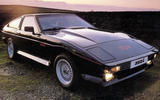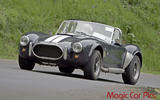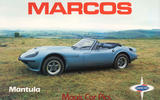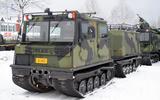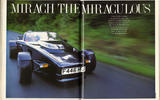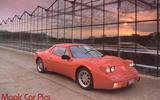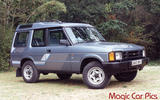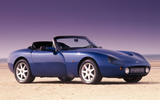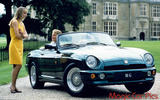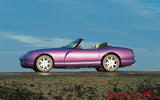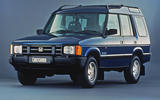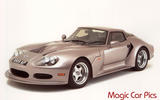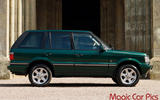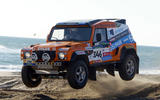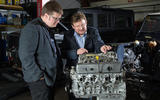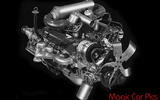 Slide of
Slide of
Necessity being the mother of mother of invention is a well-worn proverb. But sometimes necessity can also be the mother of re-invention - as is the case with the Rover V8.
The legendary 3528cc light alloy V8’s first application in a Rover was in 1967, shoehorned into the P5B.
That suffix ‘B’ was mightily important. It stood for Buick, the original designer of the engine.
Click through to discover more about this fabulous engine’s history, along with the cars that it powered.
 Slide of
Slide of
The engine
Due to a change in attitudes in the US, General Motors decided to stick with cast iron for its cheap and plentiful V8 motors. The result was the small-for-the-US capacity aluminium unit was shelved until Rover came along. Desperate for a replacement for its ageing 3.0-litre straight-six, which originated in the late 1930s, Rover pulled off a deal to buy all of the tooling and rights to the engine.
That was in 1964 and Rover’s engineers quickly set about developing their new V8 for use in the previously rather staid P5 saloon and coupe models. With the compact 3.5-litre V8, suddenly Rover had a car to take on Jaguar, and the engine would find itself into a variety of (usually) fine cars, by no means all made by Rover – here’s a selection of them:
 Slide of
Slide of
Rover P5B (1967)
The original home for the Rover V8 remains one of the most stylish and comfortable. With laid back, smooth power, it’s a worthy rival for the contemporary Rolls-Royce Silver Shadow, while the rakish Coupe has the caddish credentials to appeal to a whole new generation of classic car enthusiasts.
It transformed the firm’s image and the P5B was still in use by Margaret Thatcher when she became Britain's Prime Minister in 1979, long after the car ended production in 1973.
 Slide of
Slide of
Rover P6 (1968)
The Rover P6 was technically advanced and its engine bay was designed to accommodate a gas turbine, so the low-tech push-rod ex-Buick 3.5-litre V8 slotted in quite happily to give sparkling performance. At first the V8 was hooked up only to a three-speed automatic transmission, but in 1971 the most collectible P6 of all was unleashed: the 3500S with a four-speed manual gearbox.
 Slide of
Slide of
Morgan Plus 8 (1968)
Just like Rover, Peter Morgan was looking for a new engine for his car. He found the ideal partner in the light aluminium Rover V8 with 160bhp that resulted in the Plus 8. The original dealt with 0-60mph in 6.7sec and the formula continued with regular improvements until supply faltered in 2004 and Plus 8 production ended. It began again in 2012, this time powered by a 4.8-litre BMW V8.
 Slide of
Slide of
GKN Europa (1969)
Engineering company GKN produced a lot of parts for the Rover V8, so when it decided to commission Lotus to build a sexed-up Europa for the 1969 Racing Car Show, it was obvious which powerplant should be used. When we drove the car in 1970 we reckoned “it is without doubt one of the most exciting and exhilarating little cars we have known”.
 Slide of
Slide of
Range Rover (1970)
A match made in Heaven, or Solihull as Land Rover types refer to it. Rover’s V8 was the perfect accompaniment to Land Rover’s genre-defining 4x4 and helped give it the oomph needed to travel off-road with ease. Top speed was only 99mph, but it wafted up there with a delightful exhaust note.
 Slide of
Slide of
Land Rover 101 Forward Control (1972)
Developed for military use and not available for civilian purchase as a result, the Land Rover One-Tonne was so-called because of its payload – otherwise it was known as the 101 as that was its wheelbase in inches. Production ended in 1978, with 2669 examples built, many of which were sold to enthusiasts once the armed forces had finished with them.
 Slide of
Slide of
Costello MGB (1972)
Nowadays, vast numbers of MGB GTs and roadsters sport a Rover V8, but the factory never offered an open-topped eight-pot B. Spotting an opportunity, aftermarket tuner Ken Costello converted several dozen Bs to V8 power between 1971 and 1973.
 Slide of
Slide of
MGB GT V8 (1973)
Slow on the uptake, MG introduced its own chrome-bumpered MGB GT V8 in late 1973 – just before the oil crisis hit. By the time the final rubber-bumpered car was built in 1976, just 2591 MGB GT V8s had been made; the factory never offered an open-topped B with V8 power.
 Slide of
Slide of
Leyland P76 (1973)
Trying to muscle in on the Australian market, Leyland came up with a 4.4-litre version of the Rover V8 for the P76. Even with that motor at its heart, problems with build quality, strikes and the fuel crisis meant sales were half what was expected and it was canned after just three years.
 Slide of
Slide of
Rover SD1 3500 (1976)
The SD1 was a brilliant concept, but as a product of a fraught 1970s British Leyland it was never going to thrive. Engine choices were between four-, six- and eight-cylinder engines, with more SD1s featuring a V8 than any other powerplant. Best of all was the 190bhp Vitesse, which Austin Rover took racing.
The 3500 was crowned European Car of the Year in 1977, and production continued until 1986, when it was replaced with the Rover 800, co-developed with the first generation Honda Legend.
 Slide of
Slide of
Triumph TR8 (1979)
As with the MGB, huge numbers of TR7s have been converted to V8 power since the last one was made in 1981. But there was an official TR7 V8, neatly named the TR8. Just 14 right-hand drive cars were made as this was really a car developed for the US, with 2497 cars built in all.
 Slide of
Slide of
Land Rover Series III (1979)
When the Land Rover Series III was introduced in 1971 it carried over the four- and six-cylinder engines of the Series II. But in 1979, in a bid to see off Japanese rivals that were stealing Land Rover’s customers, a V8-engined Series III was introduced in an attempt to appeal to wealthy customers from the Middle East.
 Slide of
Slide of
Wolfrace Sonic (1981)
Why settle for one Rover V8 when you can have two? When Wolfrace wanted a promotional vehicle for its new Sonic wheel, it got a bit carried away with this six-wheeled twin-engined slice of madness. It cost £100,000 to build and it was road-legal, but its complicated electronics meant it wasn’t the easiest car to maintain. The Sonic survives, but it’s in need of a restoration having changed hands in 2015.
 Slide of
Slide of
NG TC (1982)
Inspired by the Aston Martin Ulster, most NGs came with MGB 1.8-litre four-cylinder engines, but there was also a rather hairy Rover V8 option too. We tried one back in 1982, when we opined that “the handling is nicely neutral, although the TC can be provoked into a predictable, controllable and enjoyable bit of tail-happiness”.
 Slide of
Slide of
TVR Tasmin (1983)
TVRs had always been full of curves, so the arrival of the Tasmin in 1980 represented a complete change of direction for the Blackpool-based company. The first cars came with Ford 2.8i V6 power but then TVR discovered the Rover V8, and this flying wedge was treated to an ever more powerful succession of powerplants, culminating in the 325bhp 450 SEAC of 1988.
 Slide of
Slide of
AC Cobra replicas
There’s plenty to love about the AC Cobra so it’s no wonder this is probably the most copied car of all time. All sorts of engines have been fitted over the years, but the Rover V8 has long been a favourite for companies such as AK, Gardner Douglas, Dax, Hawk, Magnum and Pilgrim (pictured).
 Slide of
Slide of
Marcos Mantula (1983)
Marcos was set up in 1959 but it was all over by 1972, when the company went bust. By 1981 it had been resurrected and two years later the company produced its first V8-engined model, the Mantula, using the same exterior design from the 1960s. The first cars were 3.5-litre coupés, but later would come a 3.9-litre V8, along with a spyder option.
 Slide of
Slide of
Sisu NA-140 BT (1986)
The Rover V8 was no stranger to military applications in Land Rovers, but the Sisu from Finland was much more specialised. With the engine mounted in the forward unit, power from the 3.5-litre V8 was sent to four sets of tank tracks to carry up to 17 people across any type of terrain.
 Slide of
Slide of
Mirach (1988)
Launched in 1988, the Mirach was the brainchild of prolific designer and constructor Chris Field. Powered by a 250bhp 3.9-litre V8. As soon as it was unveiled we sampled it, and it bowled us over with its quality, performance, soundtrack, steering, ride and ergonomics. The Mirach never made the big time although you can still buy one (with Rover V8 power if you want it); there’s more at mirachsportscars.co.uk
 Slide of
Slide of
Gold Cirrus (1988)
Another one of those cars that should have been a success, the Cirrus featured a 198bhp 3.5-litre engine and four-wheel drive. Launched straight into a recession, just one prototype and a single production car were built; we drove the latter in 1991 and couldn’t believe just how good it was in terms of the build quality and the driving experience.
 Slide of
Slide of
Land Rover Discovery (1989)
The Discovery marked the start of a revolution at Land Rover; this was the company’s 4x4 to bridge the massive divide between the Defender and the Range Rover. With its relatively plush interior, Range Rover underpinnings and more modern design inside and out, the Disco was a big hit. It would keep getting better too – and a lot less affordable.
 Slide of
Slide of
TVR S (1991)
Once Peter Wheeler had bought TVR from Martin Lilley he set about introducing a new range of sports cars. The first was the S, with a Ford 2.8i V6, but five years later the V8S arrived, with a humped bonnet, a rortier soundtrack and a lot more go, but it still looked much like the V6 model.
 Slide of
Slide of
Ginetta G33 (1991)
Ginetta celebrates its 60th birthday this year. Over the past six decades the company has produced kits and turn-key cars in bigger numbers than you might think. The G33 appeared in 1991 with a 3.9-litre V8 that could take the car all the way to 145mph.
 Slide of
Slide of
TVR Griffith (1991)
In the 1990s, if you wanted the maximum bang for your buck you bought a TVR. Ferociously quick, beautiful and with a soundtrack to die for, the Griffith could break the 150mph barrier even in entry-level 4.0-litre form. Buy a 340bhp 5.0-litre model and there was almost 170mph there for the taking.
 Slide of
Slide of
MG RV8 (1992)
Reintroducing a car more than two decades after it went out of production might seem like madness, but neither British Leyland nor its successors were the most rational companies. Just 25 per cent or so of the B’s bodyshell was carried over, while power came from a 3946cc V8.
 Slide of
Slide of
Westfield-SEight (1991)
You could put a two-cylinder engine into a Westfield and it would still go like the wind thanks to its minimal kerb weight. So anyone who puts a Rover V8 into this over-sized rollerskate probably needs to have their head examined – but it has been done. When we drove a SEight in 1994 we said that it “set a benchmark for road car thrills” with its 0-60mph time of just 4.3sec.
 Slide of
Slide of
TVR Chimaera (1992)
For some potential buyers the Griffith was too hard-core, so TVR offered this softer version with more cabin space and a bigger boot. While entry-level cars got a 240bhp 4.0-litre engine, there was a raft of power options available, all the way up to a 385bhp 5.0-litre V8. The Chimaera proved to be a big success; now it’s the most affordable of the seriously quick TVRs.
 Slide of
Slide of
Marcos Mantara (1993)
Until now Marcos had offered its cars in kit form, but the arrival of the Mantara coincided with the company producing turn-key cars only. The plan was to take on TVR with a car that packed a 3.9-litre V8, with a 5.0-litre option. TVR won this game however.
 Slide of
Slide of
Honda Crossroad (1993)
By the early 1990s the 4x4 market in Japan was worth 300,000 sales each year – more than the whole of Europe. Honda wanted something it could sell through its dealers in Japan, so it struck a deal to sell the Discovery. There was just one spec available: a 3947cc V8 with a four-speed automatic transmission. Honda hoped to sell 1200 Crossroads each year, but buyers weren’t keen so this Japan-only 4x4 sold only in small numbers.
 Slide of
Slide of
Marcos LM400/LM500 (1993)
In 1993 Marcos announced its intention to return to Le Mans where it had first raced in 1966 with its Mini Marcos. This time there would be a V8-powered coupé based on Marcos’s classic design. To clear homologation rules some road cars had to be offered: the LM400 and LM500 featured 3.6 and 5.0-litre Rover V8 respectively while the LM600 was fitted with a Corvette engine. Just one of the latter was made from a total LM production run of around 30.
 Slide of
Slide of
Range Rover Mark 2 (P38A) (1994)
The second take on the Range Rover showed what was to come – a car far more plush than what came before, with bigger engines (now 3.9 or 4.6 litres) and far more luxury. The P38A would get ever more luxurious, and it would be the last car to roll off the in-house line with the Rover V8.
When the third-generation Rangie made its debut in 2002 the Rover V8 was banished to the history books, with BMW’s 4.4-litre unit taking over. Since Ford had purchased Land Rover towards the end of the new car's development, the BMW engines would in turn be replaced with units from Ford's Jaguar brand.
 Slide of
Slide of
Bowler Wildcat (1999)
Drew Bowler started building competition off-roaders in 1986, but it was in 1999 that he struck gold with the launch of his Wildcat. Based on Discovery underpinnings and with a bespoke bodyshell that was heavily inspired by the Defender, buyers could choose V8 engines with a displacement of 4.0, 4.6 or 5.0 litres, giving up to 340bhp.
 Slide of
Slide of
Today
Today, the distinctive sound and versatility of this adopted British national institution means it’s more popular now than ever before. That doesn’t mean it’s indestructible and worn camshafts, rockers, tappets, head gaskets and timing chains are all common issues.
All of these problems can easily be addressed by a number of dedicated specialists, like JE Motorworks in Coventry (pictured). The simple design also means keen home mechanics are more than able to strip, rebuild and improve this fundamentally strong and reliable unit. Just as handily, most parts are affordable and available off the shelf.
 Slide of
Slide of
Today
Another reason the Rover V8 has such an enduring appeal is many of the specialists are still developing new technology for this venerable motor. Among the latest improvements you can add to it is a fully programmable ECU from TVR Power. Aimed more at performance installations, this system does away with a lot of the engine ancillaries that cause some of its problems in the first place, such as the air mass meter and stepper motor. In their place comes an ECU that increase power while lowering emissions with help from coil packs that supplant the original distributor.
With so much expertise on hand to modify, rebuild and service the Rover V8, keeping any car with this engine on the road is straightforward. Whichever make or model you have with it fitted, the Rover V8 shows no signs of relinquishing its fascination and appeal for fans as it moves into its sixth decade.
We look at the highlights, and lowlights, of the mighty 3.5-litre 'Buick' V8
Advertisement

